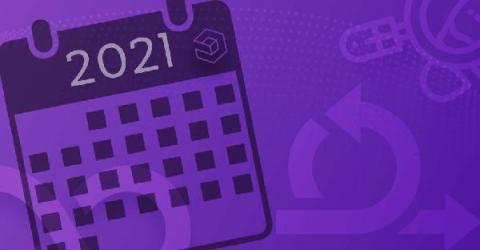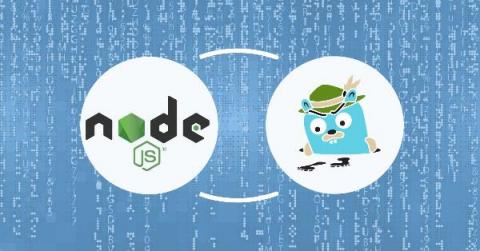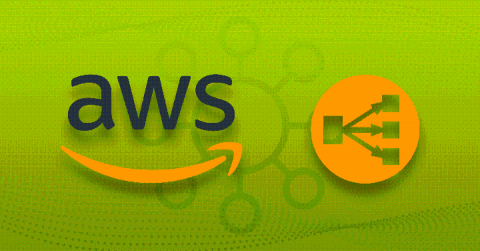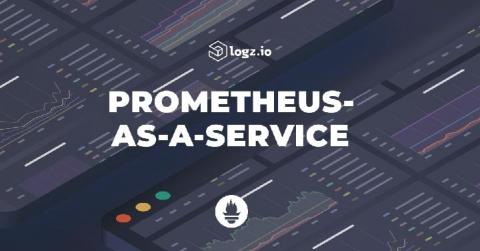Looking Back on 2020: A Timeline of Product Innovation
2020 might be a year many of us want to forget, but this year, we also unveiled a variety of new products and features worth remembering. For the Logz.io team, 2020 was a year full of innovation as we worked to continuously improve our product and complete our unified observability vision. We also launched a variety of new capabilities for Logz.io Log Management, Infrastructure Monitoring, Cloud SIEM, and Distributed Tracing, that make our product faster, smarter, and more cost-efficient.









